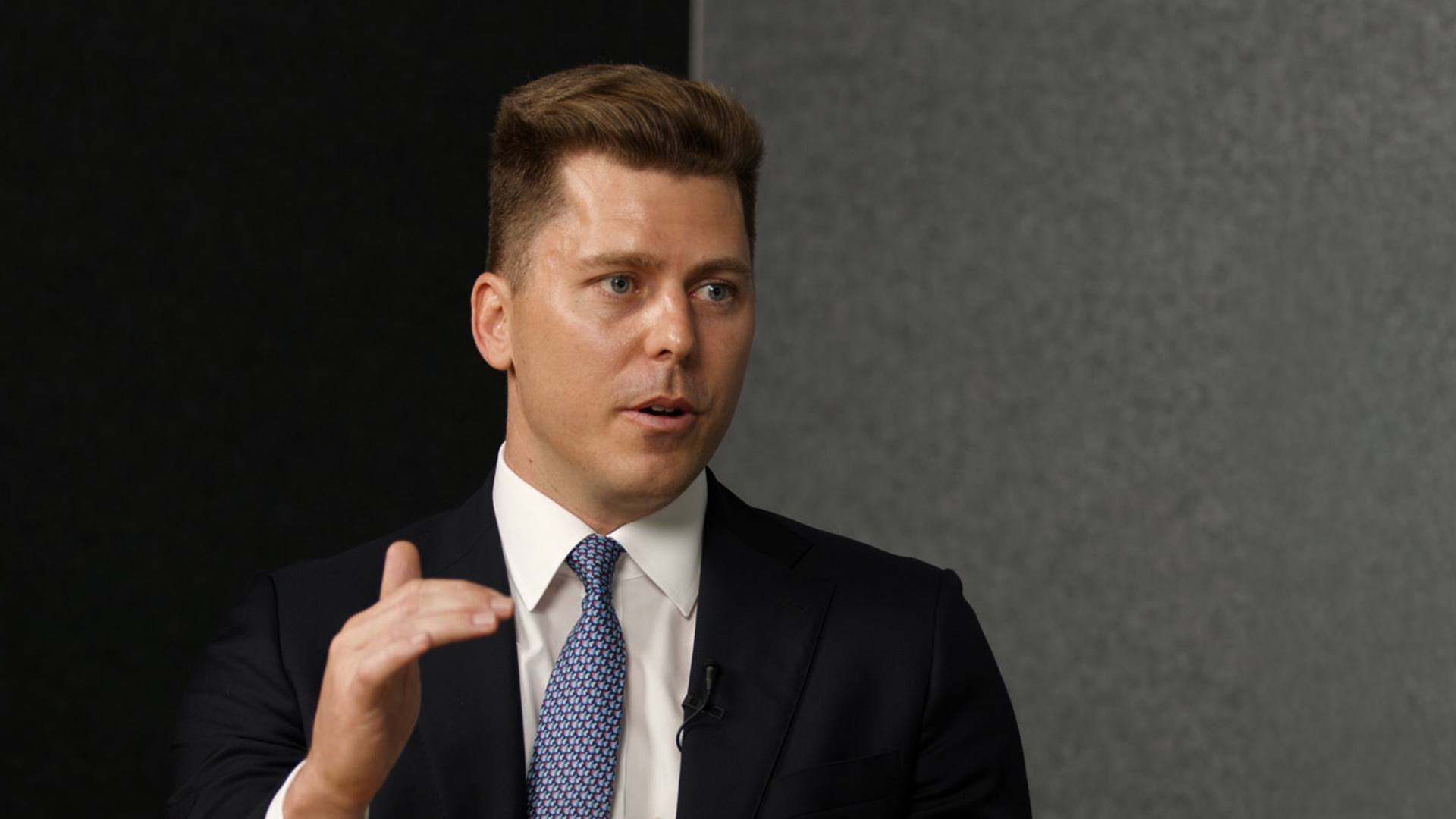From Domino's to domination... How Arden Jennings beat the market in FY25
When Arden Jennings made his first investment as a teenager, it wasn’t part of a school assignment or guided by a financial adviser - it was off his own bat, using money earned selling pizzas at Domino’s.
The gateway stock? A then little-known mining company called Fortescue Metals Group (FMG) when it was a microcap, outside the S&P/ASX 200 around 45c per share. That early punt, and the discipline behind it, would go on to shape a career spent uncovering underappreciated opportunities, particularly at the small end of town.
Fast forward to FY25, and Jennings’ Ausbil Australian SmallCap Fund has been recognised as one of the top three performing equity funds in the Livewire database.
This week, I sat down with Jennings to discuss all things small cap, reflect on FY25, and look ahead to FY26.

The anatomy of outperformance
When asked about the key drivers behind the fund’s standout performance for FY25, Jennings references three pillars: stock selection, position sizing, and disciplined risk management.
“Stock picking has been strong - we had more winners than losers, and our biggest loser was smaller than our 11th biggest winner. The top 10 winners contributed 29% to the total return, while the top 10 detractors only cost us 5.8%”.
Size mattered, too. Jennings and his team not only picked some of the best small caps, they ensured their high-conviction ideas carried the appropriate weightings, while adjusting or exiting positions that weren’t playing out.
Risk management was the third pillar to their success. “We outperformed in 9 of 12 months for FY25”, said Jennings, speaking to the fund’s resilience. The team also responded to market volatility through reduced microcap exposure and tactically shifting up the market-cap spectrum.
Small-cap characteristics and high-conviction stocks
For Jennings and Ausbil, earnings and sustainability are paramount.
“We’re an earnings house, but we also look for businesses with high returns on invested capital and strong balance sheets - ideally net cash”, he notes.
Founder-led businesses with skin in the game and strong corporate governance - particularly among newly listed small caps - are closely scrutinised by Jennings and the team in collaboration with Ausbil’s ESG team.
“We know that incentive drives behaviour and founders that have plenty of skin in the game generally with their share ownership”.
Amidst the tariffs, trade and volatility turmoil in April, Jennings and his team saw opportunity. “The fund took the opportunity to build positions in high-quality small-cap companies that were sold off”, he noted.
The team added positions in Breville (ASX: BRG), Lovisa (ASX: LOV), and ARB Corp (ASX: ARB), with Lovisa the standout amongst these high-quality names. Jennings added Lovisa which was trading under $22 in April (having previously exited above $30 in 2024).
With Lovisa now trading at $33, Jennings still sees potential upside, citing changes in management personnel, accelerating offshore store rollouts, a new premium brand called Jewels, and even a potential windfall from competitor Claire’s rumoured bankruptcy in the U.S.
Outlook remains bright for FY26
Despite ongoing macro uncertainties, Jennings remains positive on the outlook for small caps and especially those tied to the Australian economy.
“With rate cuts expected here in Australia, and still plenty of cash on the sidelines, we think small caps have a long runway to catch up to large caps:, says Jennings.
He is particularly bullish on consumer discretionary names like Lovisa and ARB, which he believes are already pricing in worst-case scenarios, as well as defence-related companies such as Codan (ASX: CDA), which is supported by rising global military budgets.
“We’ve recently seen the announcement come out of NATO lifting defence spending, and we believe that’ll benefit companies such as Codan”.
Overlooked and underappreciated themes in the small caps space
When questioned on overlooked themes driving value within the small caps space, Jennings immediately answered;
“The rise of passive investing.
For me, it’s certainly like Christmas when your holdings are added to an index, they all get bought indiscriminately by the passive investors and that can create mispricing and overvalue companies in the short term”.
Where they see the advantage is through trimming and buying back holdings and remaining on the right side of the rise of passive investing in the small-cap space.
Small caps misconceptions and message to investors
When asked about the common misconceptions about small caps, Jennings explained,
“That all small caps are risky and illiquid. But it’s about having a portfolio of companies and a diversified portfolio that allows you to actively manage risk, so that you can deliver consistent returns over time”.
With an uncertain macro background persisting, Jennings prefers taking an active approach to small caps as it offers more options for managing risks than does a passive strategy. Moreover, with more volatility, active small-cap managers may have more mispricing opportunities from which to take advantage.
At the end of the day, Jennings says that the strategy’s goals remain unchanged: delivering returns for investors.
“We’re client-driven at the core. We’ve had investors tell us our fund paid for their daughter’s schooling. That’s what really matters", says Jennings.
"Our clients’ interests come first and that means we remain focussed on delivering strong adjusted returns for our investors”.

5 topics
4 stocks mentioned
1 fund mentioned

